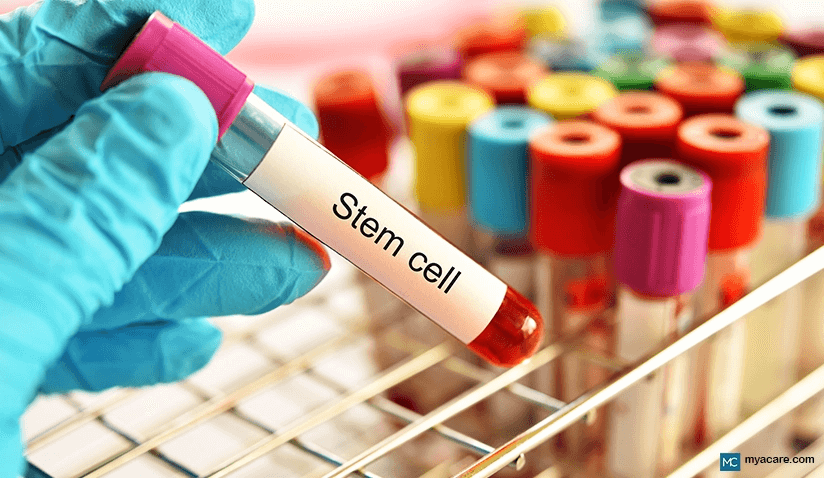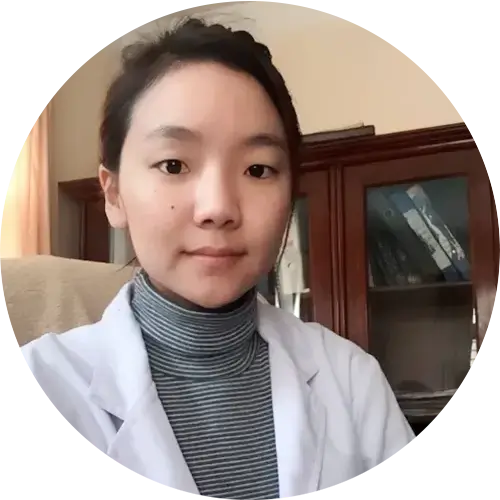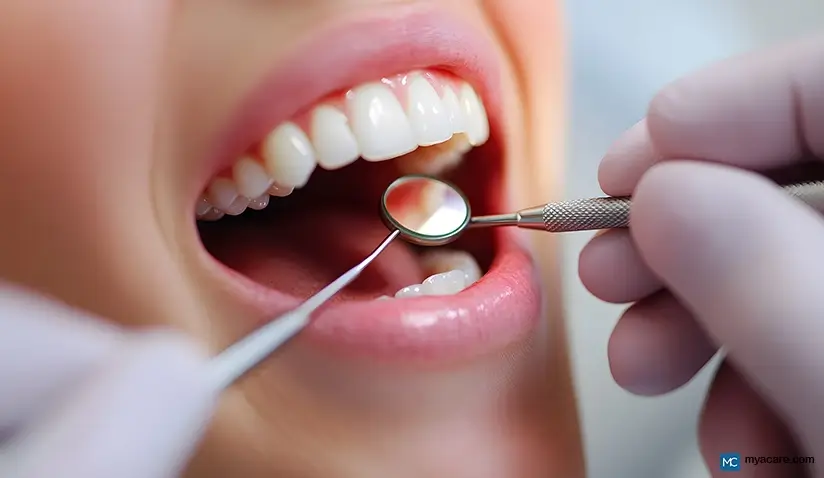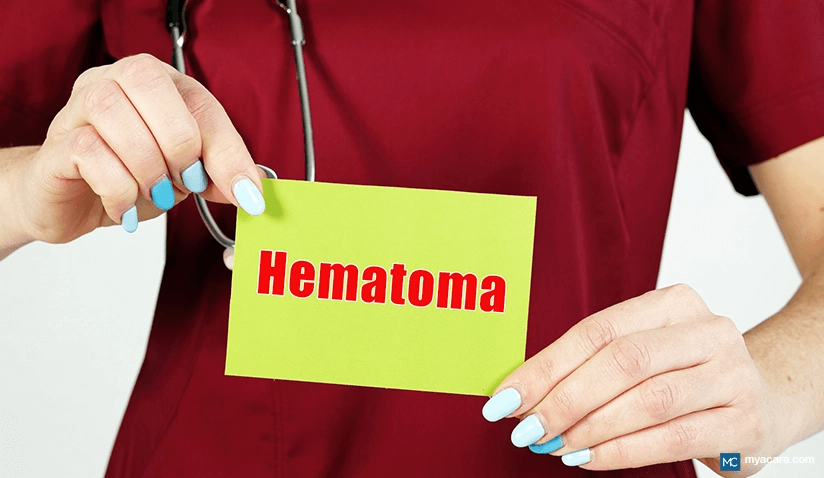The Latest Advances in Regenerative Orthopedics and Orthobiologics

Medically Reviewed by Dr. Sony Sherpa, (MBBS)
Categories of Regenerative Techniques
Techniques for Cartilage Repair
Biologic Scaffolds and 3D Printing
Emerging Molecular and Genetic Techniques
Regenerative orthopedics is a rapidly advancing field that focuses on utilizing biological and tissue-based treatments to repair or replace damaged tissues within the musculoskeletal system. It combines the principles of orthobiologics, which involve harnessing the body’s natural healing processes, with innovative therapies aimed at improving healing and reducing the need for traditional surgeries. These therapies hold particular promise for treating musculoskeletal and sports injuries, as well as chronic conditions like osteoarthritis, tendonitis, and spinal disorders.
The primary goal of regenerative orthopedics is to accelerate tissue regeneration and healing by utilizing biologically derived substances. These treatments often minimize the need for invasive surgeries and shorten recovery times. By tapping into the body's own healing mechanisms, regenerative orthopedics offers a promising solution for patients seeking effective, less invasive treatments.
Categories of Regenerative Techniques
Regenerative orthopedics encompasses several techniques aimed at improving tissue repair and regeneration. These treatments fall under different categories, each addressing specific orthopedic issues with unique procedures. Let us explore some of the most prominent regenerative techniques used in the field.
Stem Cell-Based Therapies
Over the years, stem cell-based therapies have revolutionized regenerative medicine. These treatments use stem cells, which are capable of differentiating into various types of cells to repair damaged tissues. Among the most notable stem cells used in orthopedics are:
- Mesenchymal Stem Cells (MSCs): These stem cells are primarily harvested from bone marrow or adipose tissue and have a remarkable ability to differentiate into bone, cartilage, tendon, and ligament cells. MSCs are commonly used in the repair of cartilage defects, tendon injuries, and bone fractures. Their regenerative potential is widely recognized in treating conditions like osteoarthritis and tendinopathy.
- Induced Pluripotent Stem Cells (iPSCs): iPSCs are adult cells reprogrammed to an embryonic-like state, allowing them to differentiate into various cell types, including those needed for bone and cartilage regeneration. This technique is still under research but holds significant promise for orthopedic applications, particularly in patients who may not be suitable candidates for other types of stem cell therapy.
- Allogeneic Stem Cells: These stem cells are derived from a donor rather than the patient. While they offer the advantage of being readily available, their use is highly regulated due to concerns about immune rejection and the risk of disease transmission.
Although stem cell therapies offer promising outcomes, they are not permitted in all countries, and their use is often subject to stringent regulations, particularly in the U.S., where the FDA has placed controls on stem cell treatments for orthopedic conditions.
Autologous Chondrocyte Implantation (ACI)
Autologous Chondrocyte Implantation (ACI) involves harvesting healthy cartilage cells from a patient’s own body and then culturing these cells in a laboratory before re-implanting them into damaged cartilage areas. This procedure is specifically used for treating focal cartilage defects, especially in the knee joint. It aims to restore the cartilage and reduce pain. While the technique has shown positive results, it is an intensive method, requiring multiple stages, including initial cell harvesting, culturing, and implantation.
Single-Stage Cell-Based Cartilage Repair (RECLAIM)
An emerging technique, the Single-Stage Cell-Based Cartilage Repair (RECLAIM) method combines autologous chondrocytes with allogeneic mesenchymal stem cells (MSCs) to regenerate cartilage. This innovative procedure reduces the complexity and recovery time associated with multi-stage procedures. By simplifying the process, RECLAIM has the potential to provide faster and more efficient cartilage repair. It is a promising development for cartilage regeneration; however, it is still under investigation and may take some time to be widely available.
Platelet-Rich Plasma (PRP) Therapy
Platelet-Rich Plasma (PRP) therapy involves using concentrated platelets and growth factors from a patient’s own blood to promote tissue healing. PRP is injected directly into the area of injury to accelerate the repair of tendons, ligaments, and muscles.
PRP Therapy in Action: Accelerating Healing for Elite Athletes
Achilles tendon ruptures are among the most common tendon injuries, and their incidence is on the rise. These injuries often lead to prolonged time away from work and sports, creating a strong demand for faster and more effective treatment strategies. Platelet-rich plasma (PRP) is gaining attention as a promising adjunct to support Achilles tendon repair and recovery.
A case in point is that of Athletico Paranaense defensive midfielder Fernandinho, 38, who was treated with platelet-rich plasma therapy to aid recovery. The player's decline in form following his injury negatively impacted the team's performance in the Brazilian Championship. This prompted the veteran footballer to seek effective solutions for a rapid recovery.
Another prominent example of the variety of indications for applying PRP is the treatment of Fernandinho’s compatriot, Neymar Jr. In his case, PRP was applied to treat a fractured metatarsal in the foot.
While PRP therapy is popular among athletes and those with sports injuries, it is also used to treat patients with osteoarthritis. A research conducted in Spain evaluated the effectiveness of intra-articular platelet-rich plasma (PRP) injections in various clinical scenarios of knee osteoarthritis (OA).
The effectiveness of PRP therapy can vary depending on the method of preparation and the patient’s unique biology. The major advantage of PRP is that it is a minimally invasive procedure, utilizing the body’s own biological resources to promote healing.
Platelet Lysate, a derivative of PRP, provides a more concentrated source of growth factors, offering enhanced tissue repair potential. While PRP therapy is widely used, the variability in preparation and patient response has led to ongoing research to standardize its effectiveness.
Adipose Tissue and Fat-Derived Procedures
Adipose-derived stem cells, sourced from the patient's own fat tissue, represent another promising regenerative therapy. These stem cells, contained within the stromal vascular fraction (SVF), can differentiate into various tissue types, including cartilage, bone, and muscle. Fat grafting, along with adipose-derived MSCs, is used to regenerate tissues damaged by trauma or degenerative conditions. One of the key advantages of adipose-derived stem cells is their ability to be easily harvested in a minimally invasive procedure, offering the potential for broader clinical applications in musculoskeletal repair.
Bone Marrow Concentrate (BMC) and Bone Marrow Aspirate Concentrate (BMAC)
Bone Marrow Concentrate (BMC) and Bone Marrow Aspirate Concentrate (BMAC) are derived from a patient’s bone marrow and contain a concentrated mixture of stem cells, growth factors, and other regenerative cells. These are used to accelerate healing in cases of bone, cartilage, and soft tissue injuries. While the procedures for harvesting BMC and BMAC are similar, their applications differ slightly. The concentrated cells are injected into the area of injury to stimulate healing. These treatments have gained popularity in orthopedic care, though patient responses can vary.
Techniques for Cartilage Repair
In addition to cell-based therapies, several other techniques focus on cartilage repair, including:
- Microfracture and Drilling: These methods involve creating tiny holes in the bone beneath the damaged cartilage, promoting the recruitment of stem cells from the bone marrow. Microfracture is commonly used for small cartilage defects, particularly in the knee.
- Osteochondral Grafting: This procedure involves transplanting healthy cartilage tissue from one area of the joint to another, often used for larger defects. While effective, it remains an intensive procedure, requiring significant recovery time. A clinical study in Spain tested a new treatment for knee cartilage damage. Doctors used a mix of the patient's own cartilage fragments, along with parts of their blood containing platelet-poor plasma and plasma rich in growth factors (PRGF) to repair the damage. Results were evaluated by checking patients through medical exams, movement tests, and MRI scans to see how well the treatment worked for those with serious cartilage injuries.
Biologic Scaffolds and 3D Printing
Biologic scaffolds and 3D bioprinting are emerging fields that combine tissue engineering with advanced manufacturing technologies to create customized tissue solutions. Biologic scaffolds are made from biocompatible materials that support the growth of new tissue. These scaffolds can be designed to have osteoinductive (stimulate new bone formation), osteoconductive (support bone growth and integration), or osteogenic (contain live bone-forming cells) properties, depending on the type of tissue being repaired.
3D bioprinting is an advanced technology that allows for the creation of patient-specific tissues and synthetic bone grafts. This method is still in the experimental phase but holds tremendous potential for personalized orthopedic treatments. By using bioceramics and other materials, 3D printing could revolutionize bone repair and joint reconstruction in the future.
Emerging Molecular and Genetic Techniques
Innovative molecular and genetic techniques are paving the way for new regenerative therapies in orthopedics. Two of the most exciting developments are:
- Exosome Therapy: Exosomes are small cell-derived vesicles that carry messages between cells, promoting healing and reducing inflammation. Research into exosome therapy is ongoing, with promising applications in accelerating tissue repair.
- Gene Therapy: By targeting the underlying molecular mechanisms, gene therapy offers a potential pathway to correct genetic defects and promote tissue regeneration. For example, gene therapy could be used to treat conditions like osteogenesis imperfecta, a genetic disorder that affects bone strength.
Regenerative Orthopedics in Pediatric Patients
The use of regenerative orthopedics in pediatric patients is an area of growing interest. Pediatric patients may benefit from regenerative therapies to address issues such as congenital orthopedic defects, growth plate injuries, and cartilage damage. However, there are ethical concerns regarding the use of stem cells and other biologics in children, particularly given the unknown long-term effects.
Advantages and Disadvantages of Regenerative Orthopedics
The benefits of regenerative orthopedics are numerous, including:
- Improved Healing: By utilizing the body’s natural healing mechanisms, regenerative therapies can accelerate tissue repair.
- Reduced Pain: Many regenerative treatments aim to reduce inflammation and pain, offering relief without the need for heavy medications.
- Minimally Invasive: Regenerative treatments often require fewer incisions and less recovery time than traditional surgeries.
- Cost-Effectiveness: While initially more expensive, regenerative treatments can save costs by reducing the need for surgery and prolonged recovery periods.
However, there are also drawbacks, including:
- Limited Long-Term Data: Many regenerative treatments are still relatively new, and long-term studies on their effectiveness are limited.
- Potential Side Effects: Immune responses or complications may arise in some patients, particularly with stem cell or biological treatments.
- Variability in Patient Response: The effectiveness of regenerative treatments can vary, as individual responses are influenced by factors such as age, the severity of the injury, and overall health.
- High Costs: Despite potential cost savings in the long term, regenerative treatments can be expensive, particularly for advanced therapies like stem cell treatments.
Future of Regenerative Orthopedics
As research continues to advance, the future of regenerative orthopedics looks promising. Ongoing studies focus on combining various therapies, such as stem cells with biologic scaffolds, to enhance tissue repair. Additionally, new treatments and technologies are being developed to address specific orthopedic conditions, with a particular focus on improving the effectiveness and accessibility of these treatments.
To search for the best Orthopedics Healthcare Providers in Croatia, Germany, India, Malaysia, Singapore, Spain, Thailand, Turkey, the UAE, UK and the USA, please use the Mya Care search engine.
To search for the best healthcare providers worldwide, please use the Mya Care search engine.
The Mya Care Editorial Team comprises medical doctors and qualified professionals with a background in healthcare, dedicated to delivering trustworthy, evidence-based health content.
Our team draws on authoritative sources, including systematic reviews published in top-tier medical journals, the latest academic and professional books by renowned experts, and official guidelines from authoritative global health organizations. This rigorous process ensures every article reflects current medical standards and is regularly updated to include the latest healthcare insights.

Dr. Sony Sherpa completed her MBBS at Guangzhou Medical University, China. She is a resident doctor, researcher, and medical writer who believes in the importance of accessible, quality healthcare for everyone. Her work in the healthcare field is focused on improving the well-being of individuals and communities, ensuring they receive the necessary care and support for a healthy and fulfilling life.
References:
Featured Blogs



